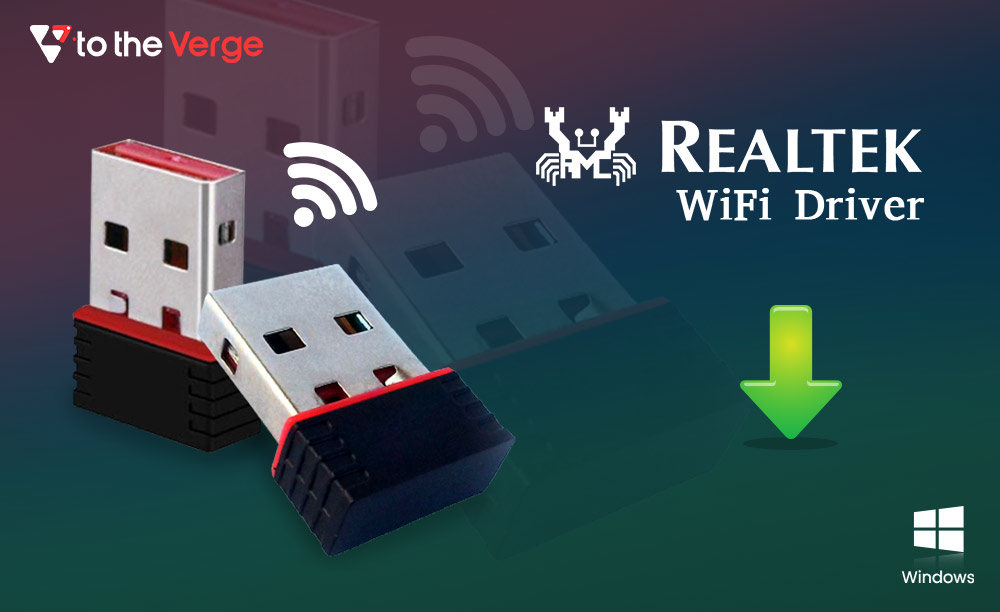“To the Verge” had an enlightening chat with Jesse Rademacher, Co-founder of Madeium, the first Design DAO (Decentralized Autonomous Organization). Our conversation touched on the evolving intersection of design and technology, emphasizing the significance of Web3 and decentralization.
About The New Community Business Concept Called Madeium
As the world’s first Design DAO (Decentralized Autonomous Organization), Madeium is crafting tomorrow’s peer-to-peer creative industries. We believe creators should shape Web3’s “Creator Economy.”
Madeium empowers design and innovation entrepreneurs through a safe, multi-blockchain, independent system built to protect them against exploitation. With new decentralized approaches, shared tools, and cultivating distribution mindsets, we give leverage to individuals and startups instead of old multi-national corporations.
At our core, we are a professional community seeking to unlock lost creative potential with a common vision for humanity’s abundant future.
Madeium – Centered Around Creatives
We think that the creative community generates the great majority of the value and revenue for the industry, and we would like the lion’s share of that income to stay in the community. But, to make that happen, creatives must be thought leaders and decision-makers.
Madeium is based on the simple assumption that creatives are the best individuals to self-govern the emerging Web3 space due to our heightened value set. Concerns such as sustainability, open-sourcing, information sharing, ethics for your fellow humans, and harnessing creative wealth for the good of society motivate our creative colleagues and us.
Jesse’s Take On Decentralization and Democratization
We will use bounties, grants, approximate consensus, and permissioned voting mechanisms to encourage participation in decision-making. As a result, design leaders from various backgrounds, disciplines, and businesses make up the community. This provides fertile ground for leaders to emerge organically and offers ways to support key community initiatives.
As the actual structure evolves, the organization must function with complete openness and full transparency.
His Views On Differences Between Web 2.0 and Web3
These are significantly different in power structure, goals, incentives, and future outlook. Web 2.0 has two components. Firstly, the tech and tools, social networks, WiFi, cell phones, etc. Web3’s tools include the blockchain, NFTs, and smart contracts to ensure creatives benefit directly from their work. But the more significant opportunities in this new space come from the mindsets that govern and organize these tools.
Web2 mindsets see centralization and corporate consolidation as a given. Instead, web3 emphasizes the distribution of assets via decentralization and community-run organizations. This new creative era is the belief that a community, not just a large for-profit entity, can infuse new ideas and shape the future with a more just approach versus pure commercialization and exploitation.
Madeium runs like a Co-op. The organization strives to service the community and return value to that community based on its input, needs, and desires. We are combining social and financial resources with creative capital in new ways.
How do you help people understand this future and be open to adopting such innovative ideas?
We are at the crossroads between technology and humanity. Madeium attempts to achieve mass-market innovation in products and services apart from the traditional corporation structure. Being in the Web3 space is exciting since it allows us to work on projects with peers, innovators, coders, and artists.
Most creatives are unsure how to bring such mass adoption of a concept to life. We must onboard individuals in a non-frightening manner, carving out a humane, entertaining, and intuitive ecosystem. Humans are terrified of the unknown. But, once discovered, you’ll fall in love with this future because it returns to power, profits, and decision-making to the creators.
Let me give you some examples of the changes that Madeium makes possible.
Individual designers and studios can now make and presell their creations’ NFTs (non-fungible tokens). That means the buyers fund the manufacturing, allowing us to ship custom-made goods on-demand directly to end-users. Designers can turn their 3D files into in-real-life (IRL) products directly.
Furthermore, because that product is being managed as an NFT on the blockchain, it connects normal life with the Internet of Things (IoT) by immutably recording ‘Product Nutrition Facts’ for authenticity.
Madeium illustrates how new technology is brought to life via real-world integrations and great design.
About A New Business Model
Absolutely. Madeium mainly services individuals, entrepreneurs, and startup brands. We advise influencers and athletes to start their brands, be the majority owner, and take control of their image. Instead of a short-term contract to be the marketing face of a “Big Brand,” individuals can now create personal, long-term financial stability that can’t be taken from them due to a sports injury.
Startups, businesses, and entrepreneurs are now united from a resource perspective but can still be independent.
Madeium is not there to make huge profits but to distribute it to the community. That’s much different from a corporation’s profit mandate. This is all community-focused.
Bucking A System That Has Been Around For A Long Time.
No doubt about it. Creative capital is trapped in an antiquated system dating back to the last industrial revolution, 140 years ago. We are attempting to establish an entirely new creative renaissance, where community leverage enables the globe’s talent to produce and sell goods without upfront funding.
Unfortunately, we have become accustomed to what I call “corporate patronage.” During the Renaissance, patrons funded the needs of creatives to free them to do their work. In our time, corporations have assumed the function that patrons provided during the renaissance. Today, corporations are paying designers to “practice their art.”
This corporate patronage was never designed for the benefit of creatives. On the contrary, the current business model inhibits creativity so severely that only about 20% of our creative capital is used. Yet, this model has become so ingrained that most of us can’t imagine creating outside the safety net of the corporate structure.
That lost 80% now has a home thanks to new industrial and organizational concepts, access to exceptional innovation, and direct peer-to-peer networks. In addition, Madeium has created a whole ecosystem for, of, and by creatives using open-source and collaborative attitudes.
With Madeium, we’re attempting to rearrange everything peer-to-peer. Instead of creating Web2 enterprises, we’re crafting peer-to-peer networks where individuals engage in transactions, projects, and profit-sharing. Madeium is connecting these technologies with talented people in an environment where profit-sharing is the norm.
It’s more equitable, and profits can be 10x traditional businesses overnight! Web3 tools allow us to achieve unprecedented efficiencies. But more importantly, this model eliminates intermediaries by selling and shipping directly to customers. That’s what I mean by “peer-to-peer.”
Madeium Using More Than One Blockchain
We work with multiple blockchains and vendors so that whenever a creator or a client mints an NFT collection, they have multiple options. One collection can be minting on multiple platforms to take advantage of the best tech per use case.
To use, Web3 should be an array of tools instead of monopolies. As the creators, we should be able to choose from multiple blockchain environments depending on the NFT’s use case and future applications. This gives us enormous flexibility to meet unique needs without the limitations of any one blockchain.
Also, read- How To Create And Sell An NFT
Jesse’s Take On The Metaverse
The Metaverse is an experience or a place where people can go for new digital worlds, gaming, human interactions, and ultimately businesses of all kinds. Unlike websites, these 3D virtual environments engage more human senses than a phone or HTML website. So, this is all-immersive.
Even though large corporations are seeking to control the Metaverse, I think its real potential lies beyond models that are primarily profit-driven and centralized. Instead, these emerging communities value open-source approaches, knowledge sharing, and creative solutions to mitigate the unintended toxicity of the Industrial Revolution.
The focus is shifting to decentralization and user control. Peer-to-peer interactions are becoming the foundation of this new network, creating new macro-economic systems and novel social constructs based on communal values.
We are all battling for the globe’s future. At Madeium, we consider all creative human capital a natural resource of infinite value. Rather than the world’s finest technology slipping into the hands of giant businesses, Madeium is seeking to reserve these great technologies for future public use. Our main objective is decentralizing mindsets and models as a new context for working with ever-evolving technologies.
Conclusion
During our conversation, Jesse Rademacher, Co-founder of Madeium, provided us with a fresh take on progressive decentralization. The company wants to create a shared place where peer-to-peer connections aren’t managed by a third party or confined by outdated business methods. Through new techniques to increase the professional creative experience and the ideal output, Madeium looks to fork the future into a more just, fair, equitable, transparent, long-term, and human-centric outlook.
Jesse Rademacher is the Co-founder, along with his brother Sean Rademacher, of Madeium, the first “Design DAO.” Madeium is launching YxungSneaks.io as the first decentralized sneaker and product brand. This initial project within Madeium’s innovation ecosystem links 3D Avatars, IP Commercial Rights, and 3D printed on-demand custom sneakers.
Khatija is a Senior Editor at To The Verge. Her interest in tech started when she came across AI, IoT, and XR. Always keen to learn the latest tech peripherals, Khatija loves to interact with tech industry experts and dig for information relating to emerging technologies. When not nerding over technology, she can be found on the couch binging mystery or sci-fi movies.

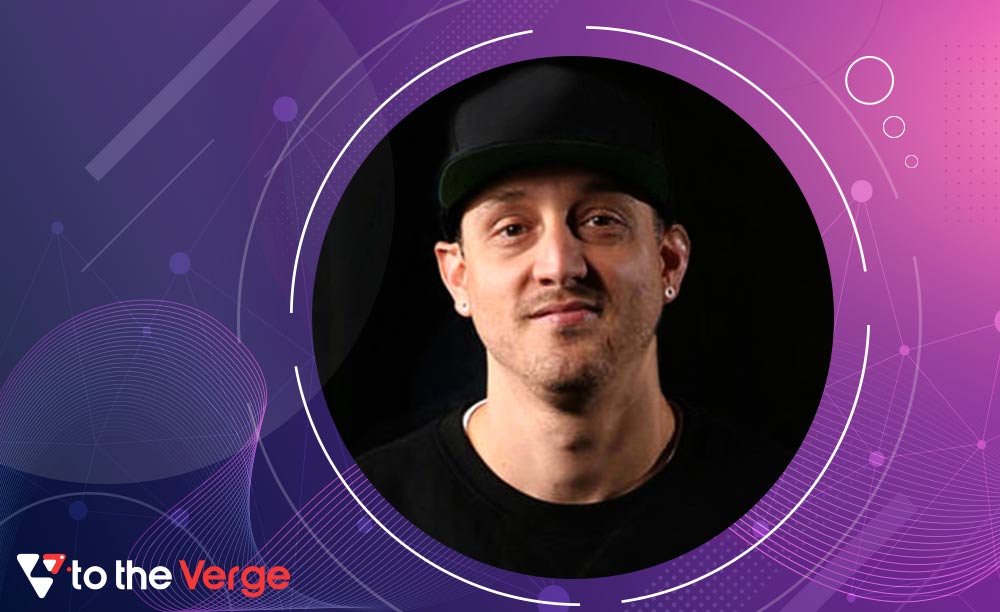
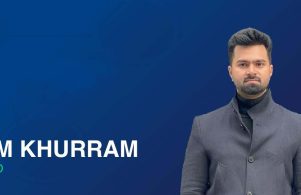
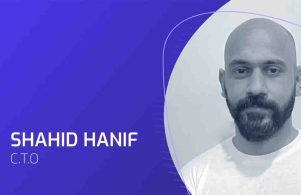


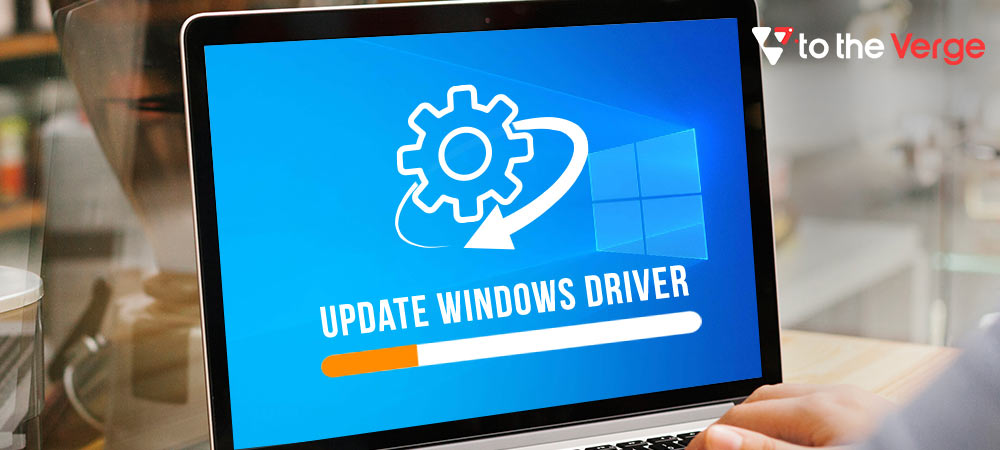
![How to Update and Reinstall Keyboard Drivers on Windows 10/11 [A Guide]](https://wpcontent.totheverge.com/totheverge/wp-content/uploads/2023/06/05062841/How-to-Update-and-Re-install-Keyyboard-Drivers-on-Windows-10.jpg)
